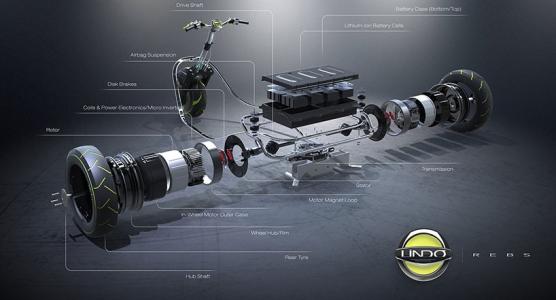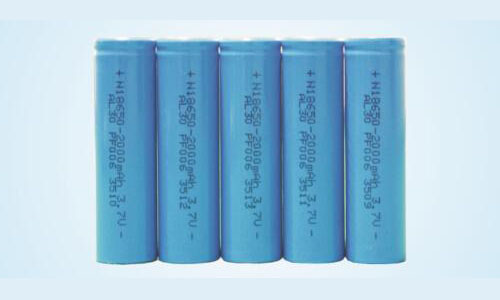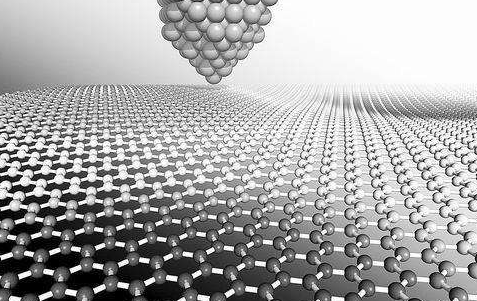Can You Solder Lithium Battery?
May 16, 2019 Pageview:3987
A lithium-ion battery, also called a Li-Ion battery, is a type of accumulator, that is, a device in which electrical energy can be stored, which was developed with the use of electrolyte of a lithium salt, whereby the quantity of ions necessary for the electrochemical reaction between the cathode and the anode is obtained , with which the energy is obtained.
First of all, we must clarify that there are two different types of lithium batteries, separating the devices by the type used by each other. Firstly, there are the so-called lithium-ion batteries (Li-Ion) and secondly, the lithium polymer batteries (LiPo), which offer the same electrical properties but are basically differentiated by the implementation of each one of them.
In the case of lithium-ion batteries, these are used when the battery or space where they should be housed in rectangular, or with a right-angled shape, this is why they are the most used type of battery in smartphones and tablets of conventional forms.
A battery with the naked eye may seem simple; however, so that we can obtain electrical energy from them, complicated electrochemical processes interact. Nor do lithium batteries escape from this principle.

Solder lithium battery:
The alloy for welding the electrode parts of the lithium battery is preferably a strip of lead alloy and bismuth-containing 3% to 6% ruthenium, or a negative electrode tab discarded.
The wire must never be welded directly on the polarity of the battery. The heat of the soldering iron will irreparably damage the battery; soldering more could not hold nipples that have a special coating.
Solder Vs. Spot Weld For 18650 batteries:
When buying a battery, you have the option between the elements:
· Wildebeest,
· The terminals of the CLG element
· The terminals of the HBG element.
The welds will be carried out on the welding shoes and only in this place. To start a tin solder, you need a soldering iron, tin wire, sponge and a clear workspace.
Welding is done by the two pieces of metal to be welded and by applying wire solder that melts in the heat and combines with the pieces to be welded. This allows obtaining a metallic bond between the two sides, which ensures electrical continuity and mechanical strength.
The failure can be sharp but reliable, not flat like plumbing, which is too big. The temperature of the iron must be adapted to the type of welding used. The lead-tin son ex-soldier had a lower melting temperature than the new alloys without wires. Plus the welding wire is thick, harder to melt. An iron (at fixed temperature) that is not hot or less powerful may be suitable for the end of the cable, but not for the thick wire.

The Specific Welding Operation Is As follows:
1.Select the appropriate number of plates and plates according to the original model of the lithium battery.
2.Adjust the welding attachment.
3.The rust on the flange is removed to expose the metallic shine. The plates of the same polarity are loaded into the welding attachment one by one, inserted into the comb slot, aligned and pressed, and pressed with the pressure plate.
4.Place the cast post part with the horizontal plate on the device and adjust the position.
5.The electrode of the lithium battery is welded to the horizontal plate with an electric welder.
6.Cool the welding area with wet cotton yarn.
Frequently clean the tip of the hot iron on the wet sponge. In fact, residues accumulate on the tip and can interfere with welding. Use an old natural sponge or wet toilet paper, but not synthetic ones that damage the sponge iron. It is also useful to melt the solder a bit at the tip, so that does not, in particular, it rusts before turning off the iron.
Do not scratch the tip of the iron, especially with a metal object, to clean: in effect, this eliminates the silver substance in iron that facilitates the expansion of the weld. Once scratched, the iron is less useful because the solder balls form higher instead of sinking to the welding leg.
· The first step of welding is that the two parts to be welded separately from the can.
· Then the solder is to press iron solder lug and electric wires. The two elements must be heated at the same time; otherwise, the welding will not take place.

Benefits Of lithium batteries:
Lithium batteries offer excellent stability and current supply characteristics, which is why they are the most used to power all types of devices where it requires a high level of energy but delivered efficiently.
In addition, compared to other types of batteries, lithium batteries are lighter, which allows a lower final weight of the device that uses them. They are also smaller, so they are perfectly suitable for deployments where there is a reduced place for the battery, as in the case of smartphones and tablets.
However, the benefits of lithium batteries are not only in size and weight, but they are also excellent in their electrical performance. They are able to deliver 3.7 volts per cell, do not suffer from the so-called "memory effect," which is basically an effect by which the batteries reduce their load capacity, and what happens when the batteries are recharged without having been completely discharged.
It should be noted that to avoid the memory effect, and we must remember that we do not have to wait for the battery to discharge to perform a recharge adequately, it is only necessary to take into account that all the charges we make are complete, that is to say, that they reach 100%.
Another benefit of lithium batteries is that we can leave them connected to their charger even if they have been charged without any risk of overheating, and therefore fire.
- Prev Article: Can I Ship Lithium Ion Batteries?
- Next Article: How to Prolong Life of Lithium Ion Battery?
Leave Message
Hottest Categories
-
Hottest Industry News
-
Latest Industry News









